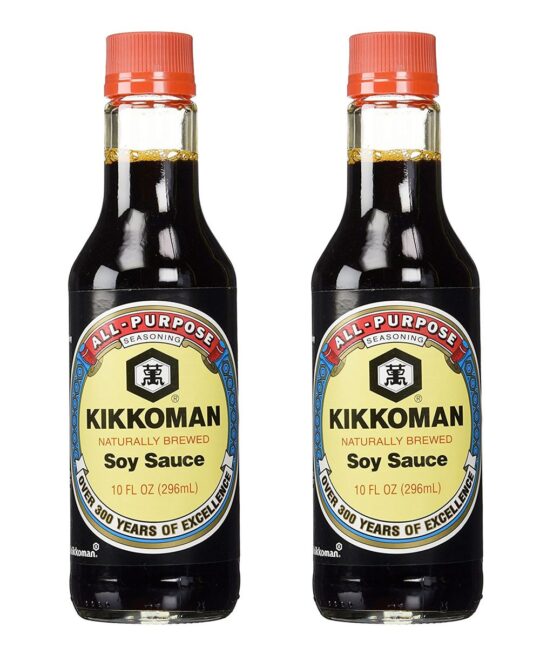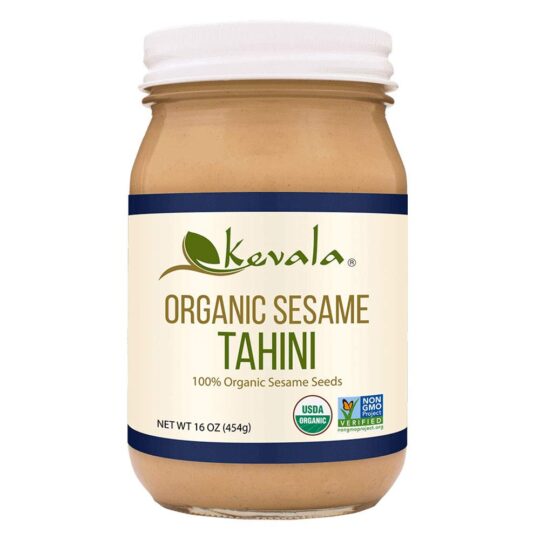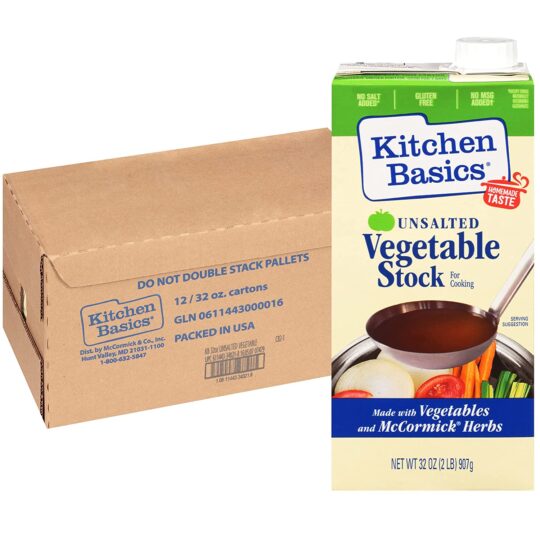A Japanese paste popular for its rich umami flavor is the miso paste; it is added to several recipes, especially vegetarian ones, and gives a robust mix of flavors.
The miso paste is a go-to option in many Japanese recipes like the Japanese Pork Curry Bowl. It adds a deeply savory taste to recipes and is highly nutritious, containing proteins, vitamins, and minerals.
It is important to stock up on this ingredient, especially if you’re a fan of Japanese cuisines. Still, if you need a substitute, there are other suitable ingredients for it that I would share in this article.
What is red miso paste?
Red miso paste is a variety of Miso. Miso is a traditional Japanese seasoning made from fermented soybeans, kōji, salt, and sometimes rice, seaweed, barley, and other ingredients are added.
The red Miso is made with more soybean and salt and is fermented for a longer period, giving it a stronger, funkier, and saltier flavor.
The miso paste has over 500 different varieties inspired by different regions, but the commonest types are the white Miso (Shiromiso), mixed Miso (Awasemiso), and the red Miso (Akamiso). Miso has a texture similar to peanut butter, but it could range from smooth to chunky depending on the variety; the red and white Miso is the most commonly available.
The white Miso has a beige to yellow color and a lightly sweet taste because of its short fermentation period; it is made with more grains and less soybean.
Red miso used in recipes
Red Miso is a dark-colored Miso added in recipes like long Braised, stews, sauces; it can be mixed into soups, batters, and dressings.
Miso paste is best added towards the end of recipes that have a longer cooking time since exposure to much heat may kill some of the active bacteria in the paste.
For the best results, the dark-colored Miso is used to add intense umami flavors to recipes, while light-colored Miso is used in recipes that need a light umami flavor.
Red Miso paste is used in a lot of delicious, creative meals, which includes:
- Gluten-Free Shrimp Pho with Miso
- Miso-Glazed Salmon with Ramen Noodles
- Miso Ramen with Bok Choy
- Fresh Spring Rolls
- Miso Soup with Udon Noodles
- Japanese Pork Curry Bowl
- Salmon Miso Poke Bowl
- Fried Eggplant With Miso Sauce
- Miso Honey Salmon
- Grilled Miso Pork Tenderloin
- Spicy Miso Edamame
- Miso Marinated Pork (butaniku no misozuke)
- Red Miso Soup With Soba Noodles and Tofu
- Tahini Miso Dip for Vegetables
- Savory Orange-Roasted Tofu & Asparagus
Red miso paste substitutes
Red Miso is the type of rich umami paste you’d want to stock up on because when you eventually run out, it becomes a little difficult for you to find something close to its flavor. However, this doesn’t mean there isn’t a suitable replacement.
Red Miso is both umami-rich and nutritious, which is why it is always sought after when you need a substitute. The best option would be to go for other kinds of Miso that are sold in an Asian specialty store.
Other substitutes listed could be used depending on the type of recipe you’re making and the amount of red Miso needed for it.
Soy sauce
Soy sauce is an excellent umami-flavored condiment that can be used in place of red Miso; they are both made from the same ingredient, which is soybean.
The soy sauce taste is closer to red Miso than other miso varieties, and it would render the same savory and salty flavor needed in a red miso recipe. Since it has a dark color, it would produce a similar appearance. However, the soy sauce is thinner than the creamy and pasty texture of red Miso.
When using the soy sauce in your recipe, start with a smaller amount since the soy sauce is saltier than the red Miso and swap soy sauce in for recipes where red Miso is not the main ingredient unless you don’t mind the change inconsistency (which could be resolved with a thickener like cornstarch).
Use 1/2 tablespoon soy sauce for one tablespoon of red miso paste.
Fish sauce
Fish sauce is another umami-rich condiment made from fermented fish; it is also salty and can be used in recipes calling for red Miso. It is also thin like soy sauce, and it carries a stronger flavor than red Miso, so smaller amounts should be worked with at first.
The fish sauce would pair properly in liquid-based recipes since it has a thin consistency, but you could also add flavorless thickeners to thicken recipes.
When substituting, use a ½ teaspoon fish sauce for one tablespoon miso paste.
Tahini
Tahini is made from ground sesame seed, and it has a creamy and paste-like consistency similar to red Miso. It is not the perfect substitute for red miso taste-wise, but the creamy texture in red miso recipes would work.
If you’re using Tahini as a red miso substitute, you’ll have to use other ingredients like soy or fish sauce to compensate for the taste since the Tahini has a nutty taste.
Vegetable stock
Vegetable stock is another good substitute for red Miso, it doesn’t have the same strong umami flavor as red Miso, but it has a salty and umami flavor that could be used in your red miso recipe.
Note that vegetable stock is a bit salty, and it may not work as well as red Miso in a recipe that calls for large amounts of red Miso.
Frequently asked questions (FAQs)
Can I use other types of miso in place of red miso?
Yes, you can. The lighter type of Miso would not perfectly replicate the red Miso in recipes, but it would bring a similar miso taste to your recipe.
How Long would miso last?
Darker Miso would last for a year or longer when stored properly in an airtight container inside a refrigerator. It has a longer fermentation period, while the lighter Miso should be used for under a year because of its short fermentation period.
What is the best type of miso to use in soups?
Any variety of Miso can be used depending on the flavor profile you’re looking for; the yellow Miso is sweet, creamy, and a bit savory, while the red Miso is umami-rich and salty.
Conclusion
Red Miso is an intense umami-packed paste that is added in a lot of Japanese and non-Japanese recipes. If you ever run out, consider trying any of these substitutes listed above.




